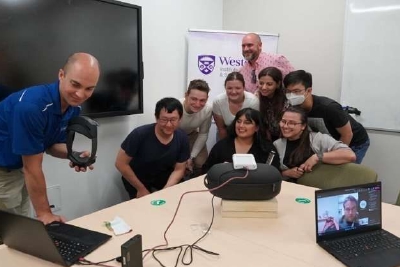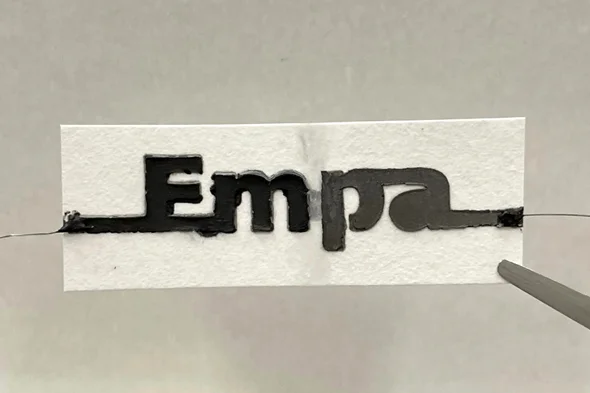Holographic transmission is a combination of hologram and teleportation, in which a hologram of a person or object is instantaneously transmitted to another location. In April of this year, NASA transmitted a holographic image of a doctor to the International Space Station for the first time through Microsoft HoloLens and a computer with custom software from Aexa. Astronauts currently working on the International Space Station also Had the first two-way conversation with the “holographic astronaut”. The progress of this experiment is the first realization of international bidirectional holographic transmission.
“We’re ‘shipping’ a person from Alabama to Ontario, Canada, without paying a plane ticket,” said project leader Dr. Adam Serek, a faculty member at the University of Western Ontario.
The hardware and software used in this study, also from Microsoft HoloLens and software from Aexa, also involved a special camera that creates a holographic image of an object (or person) and sends it to its destination. The user at the other end wears the holographic lens and can see the transmitted object. If both wear the holographic lenses, they can interact in their own environment as if they were really together.
The researchers said that the technology that enables long-distance travel in an instant is fascinating, and it is expected to play a role in the field of telemedicine in the future, such as “holographic transmission” of doctors to remote areas or rural areas to provide medical services. Moreover, the cost of this technology is currently around $5,000, which is less than the cost of ambulance helicopters or even medical travel, and may provide significant cost savings to the medical system. In addition, it can also be used in the field of space exploration like NASA.
The researchers pointed out that although this technology can achieve cross-border holographic transmission, it is currently unable to achieve touch interaction, and touch is an important part of medical examinations, and they plan to integrate haptic functions in holographic lenses in the future.




GIPHY App Key not set. Please check settings